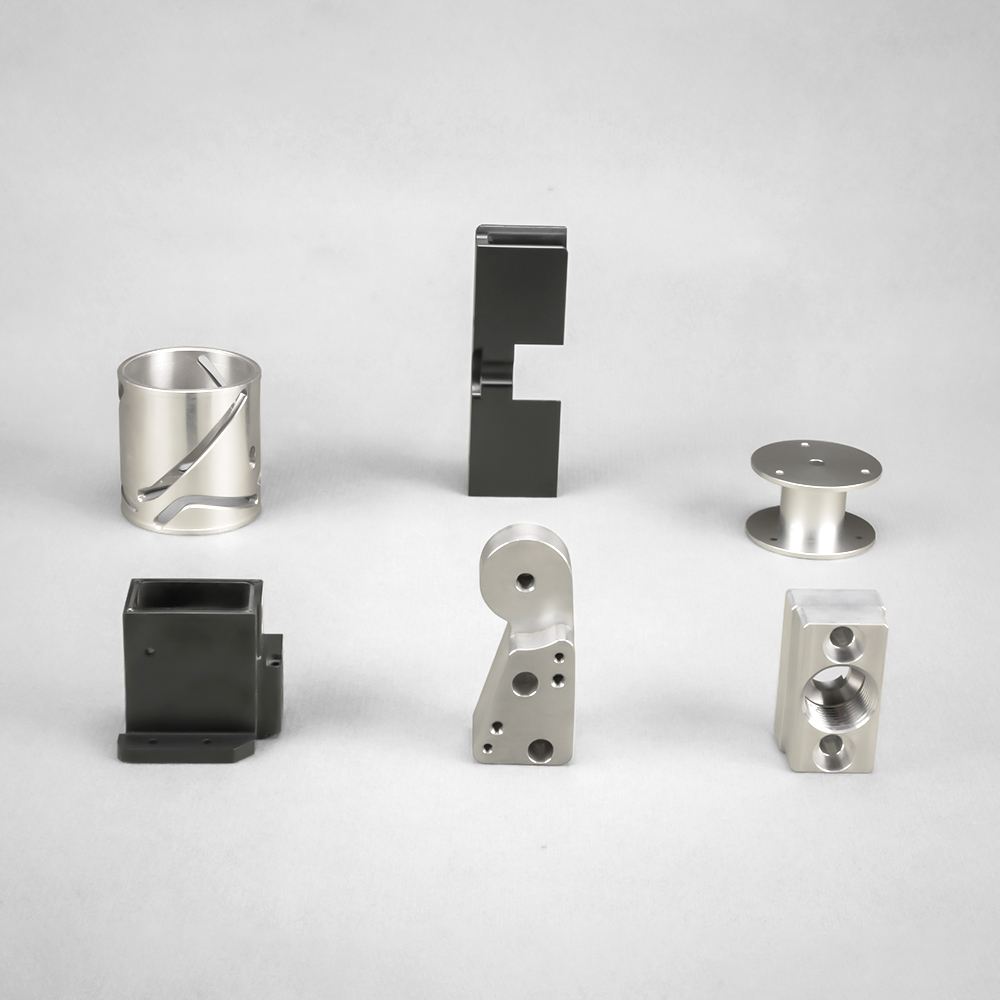A Comprehensive Guide to Sheet Metal Working: Materials and Surface Treatment Explained+ View more
A Comprehensive Guide to Sheet Metal Working: Materials and Surface Treatment Explained
+ View more
Date:2023-11-15 11:00
Introduction:
Sheet metalworking is a vital process in various industries, requiring a thorough understanding of the materials used and the importance of surface treatment. In this article, we will delve into commonly used sheet metal materials and explore different surface treatment methods. By gaining insight into these aspects, you will be equipped with valuable knowledge to excel in sheet metal working.

Commonly Used Sheet Metal Materials:
- Cold-Rolled Steel Sheets: Cold-rolled steel sheets are widely employed in sheet metalworking due to their high strength, durability, and excellent formability. They are particularly suitable for applications requiring structural integrity, such as automotive body panels, chassis parts, and structural supports.
- Galvanized Sheets: Galvanized sheets are steel sheets coated with a protective layer of zinc to prevent corrosion. These sheets exhibit enhanced corrosion resistance and are often used in outdoor applications, such as roofing, cladding, gutters, and downpipes in the construction industry.
- Aluminum Sheets: Aluminum sheets are lightweight and possess good corrosion resistance. They are commonly utilized in the production of electronic enclosures, heat sinks, aircraft components, and various consumer products where weight reduction and aesthetic appeal are important considerations.
- Stainless Steel Sheets: Stainless steel sheets are known for their exceptional corrosion resistance and high strength. They find extensive use in industries like food processing, medical devices, kitchen appliances, and architectural applications due to their hygienic properties and ability to withstand harsh environments.
Surface Treatment Methods for Sheet Metal:
- Painting: Painting is a popular surface treatment method that enhances the appearance of sheet metal while providing protection against corrosion. Various types of paints can be applied, such as enamels, epoxy coatings, or polyurethane paints, depending on the specific requirements of the application.
- Powder Coating: Powder coating involves electrostatically applying a dry powder to the sheet metal surface and then curing it under heat to form a durable and aesthetically pleasing coating. This method offers excellent resistance to abrasion, impact, chemicals, and UV radiation.
- Plating: Plating involves depositing a thin layer of metal onto the sheet metal surface through electroplating or electroless plating techniques. Common plating options include zinc plating (galvanizing), chrome plating, nickel plating, and gold plating. Plating enhances corrosion resistance and provides decorative finishes.
- Anodizing: Anodizing is primarily used for aluminium sheets. It involves immersing the sheet metal in an electrolyte bath and applying an electric current to stimulate the formation of a protective oxide layer on the surface. Anodizing improves corrosion resistance, adds colour options, and enhances the natural beauty of the metal.
Conclusion:
Sheet metalworking encompasses a wide range of materials and surface treatment methods that significantly influence the final product's performance and appearance. Understanding the characteristics and applications of commonly used sheet metal materials like cold rolled steel, galvanized sheets, aluminium, and stainless steel enables manufacturers to select the appropriate material for their specific requirements. Additionally, employing suitable surface treatment methods such as painting, powder coating, plating, or anodizing ensures enhanced aesthetics, corrosion resistance, and overall durability. By mastering these aspects, you can excel in sheet metal working and deliver high-quality products across various industries.
Share to:
Recommend wonderful blog posts

